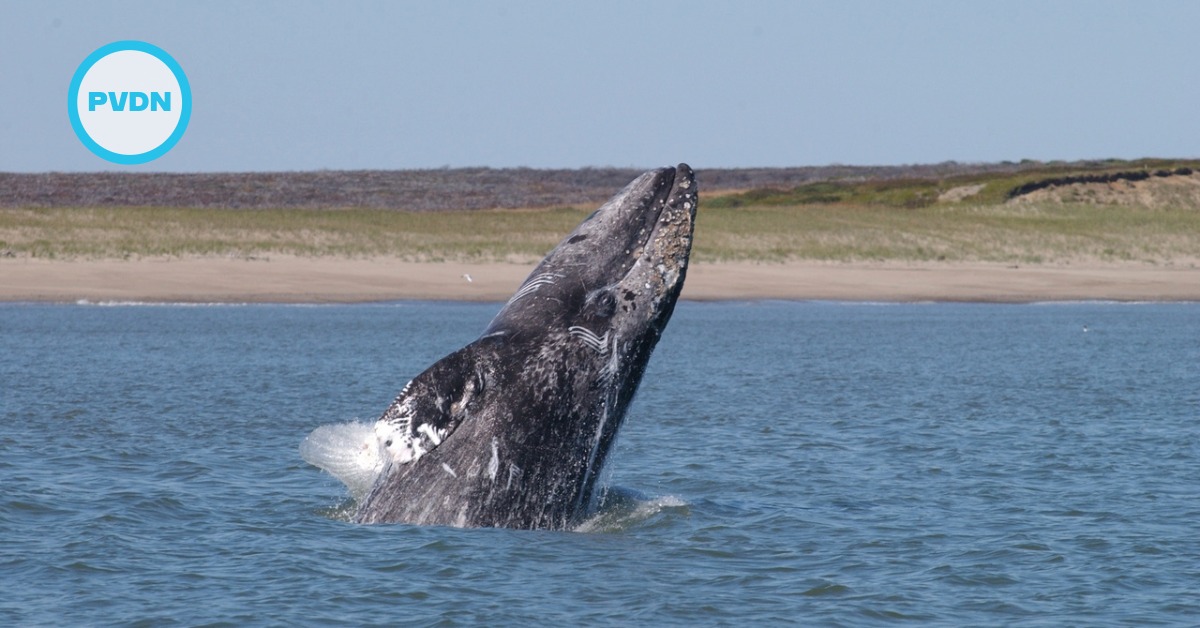Though most people tend to think of obesity as the product of sloth and gluttony, most of us accept as “biological” the fact that fatter parents tend to have fatter children.
But the link goes deeper than that.
Children can inherit tendencies towards weight gain in the same way that they may have their mother’s nose or father’s chin. Body fatness, response to overfeeding, how efficiently we burn calories, and even our food choices are all very much inherited and all potentially influenced by what happens to us in the roughly nine months before birth.
This connection — between . . .






